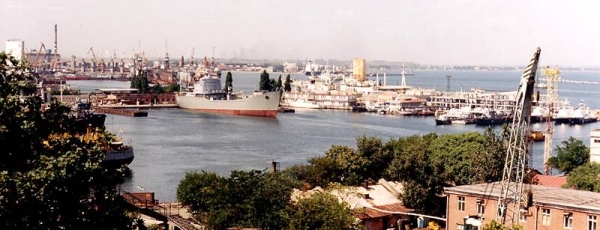WASHINGTON, June 30, 2011 — The International Security Assistance Force today confirmed the death of a Haqqani network leader who’s linked to the June 28 suicide-bomb attack on the Intercontinental Hotel in Kabul, Afghanistan, military officials reported.
Officials said Ismail Jan and several Haqqani fighters were killed yesterday during a precision airstrike in the Gardez district of Paktiya province. Jan was the deputy to Haji Mali Khan, the senior Haqqani commander inside Afghanistan.
The Haqqani network, in conjunction with Taliban operatives, was responsible for the attack on the Intercontinental Hotel which killed 12 people, including a provincial judge. Jan also served as an insurgent leader in the Khost-Gardez Pass area, along the Afghanistan/Pakistan border. He reportedly moved into Afghanistan from Pakistan in late 2010. During this time he led approximately 25 to 35 fighters in conducting attacks against Afghan and coalition security forces.
The Haqqani network is linked to several high-profile attacks, including the assassination of former Logar provincial governor Mohammad Jan Abdullah Wardak. Wardak was assassinated in a massive explosive-device attack as he left his compound in September 2008.
Afghan-led security forces have captured or killed more than 80 Haqqani leaders and facilitators since January, primarily in the Paktika, Paktiya and Khost areas.
In Afghanistan operations yesterday:
— A combined Afghan and coalition force killed two Haqqani insurgents and detained numerous suspects during a security operation in the Zurmat district of Paktika province. The target of the operation was a Haqqani leader who plans attacks against Afghan and coalition forces. Additionally, he maneuvers fighters and weapons from Pakistan into Paktika province. During the engagement, four Afghan civilians received minor shrapnel wounds from insurgent grenades. All were treated by the security force and three were taken to a medical facility for follow-up care.
— A combined Afghan and coalition force detained two suspects while searching for a Taliban leader in the Char Bulak district of Balkh province. The leader is responsible for conducting small-arms and roadside-bomb attacks against Afghan security forces.
— In Zabul province, a combined Afghan and coalition force captured a Taliban leader and two suspects during a security operation in the Qalat district. The leader was responsible for both facilitation and attack coordination within the Qalat district. He moved weapons and communications equipment for fellow insurgents and has conducted several attacks against Afghan and coalition forces.
— A combined Afghan and coalition force captured a Taliban leader and several suspects during a security operation in the Nahr‑e Saraj district of Helmand province. The leader procured weapons, including roadside bombs, for Taliban commanders in the area. The security force also discovered and safely destroyed several pounds of opium.
— A combined Afghan and coalition force killed several insurgents during a security operation in the Maiwand district of Kandahar province. The security force was engaged by insurgents with small-arms fire and rocket-propelled grenades. The force returned fire, killing several insurgents.
— A combined Afghan and coalition force discovered a weapons cache during a security operation in the Tarin Kot district of Uruzgan province. The cache consisted of 960 7.62 mm rounds, eight AK-47 rifle magazines, 13 grenades and 12 fuses.
— In the Panjwa’i district of Kandahar province, a combined Afghan and coalition force discovered a drug cache consisting of 496 pounds of hashish. All the drugs were destroyed by security forces.
In June 28 Afghanistan operations:
— An ISAF patrol discovered a weapons cache during an operation in the Gelan district of Ghazni province. The cache consisted of eight RPGs, five RPG boosters and 100 12.7 mm rounds.
— A combined Afghan-led operation detained one suspect while discovering a weapons cache in the Nizam‑e Shahid district of Herat province. The cache was hidden in a truck and consisted of 207 antipersonnel mines, 7,716 pounds of homemade explosives, 772 pounds of aluminum powder, five suicide vests, 1,181 feet of detonation cord, 20 electric blasting caps, 100 radio frequency transmitters and receivers and various improvised explosive device-making materials.
Source:
Compiled from International Security Assistance Force Joint Command News Releases

 von
von 